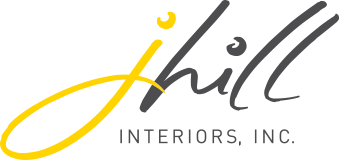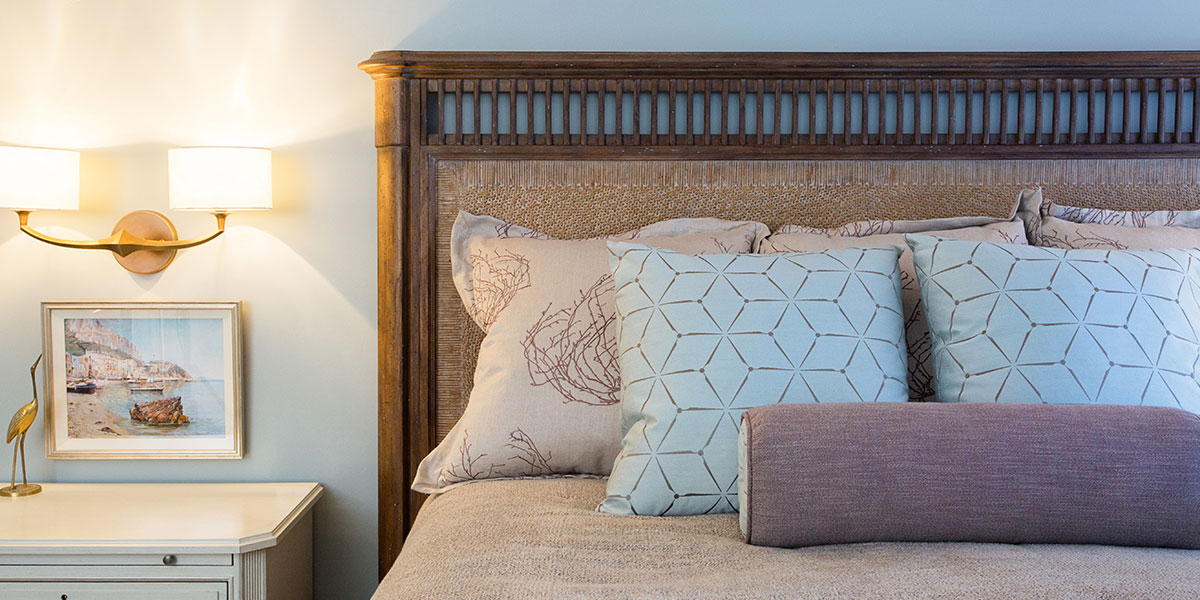
What Does the Interior Design Process Look Like?
So, you’re thinking of hiring an interior designer. You might wonder what the design process entails and what to expect when hiring a designer. Here we will dive into the five general phases of the design process that are the backbone of every project.
A major part of the designer’s job is educating clients (and potential clients). Most people don’t have the experience and awareness of what the process is and how much things cost. That’s where the first phase comes in!
Programming Phase
This first phase is about getting to know you, your lifestyle and your space. This is when your goals, ideas, inspiration and concepts are established with your designer. Clients often share their inspiration from a Pinterest or Houzz board and even magazine clippings. All of these can be helpful for the design team to get an idea of your aesthetic. There will be one or two meetings to review the scope of work, take measurements at your home and discuss the budget. You can expect a proposal detailing the scope of work, approximate budget and estimated design fees for your project.
During programming you should expect to expand your comfort zone. The reason you hire a designer is for them to show you some ideas you may not imagine on your own. Be willing to be open to trying something new. As the professionals, we are constantly considering when to push the boundaries to expose clients to new ideas and when to pull back into their comfort zone. The most fulfilling projects happen when the client discovers a new beauty and functionality beyond what they could have imagined if they had stayed within the familiar.

Schematic Design Phase
The second phase is honing in on the concepts from the programming phase. There will be one (or a few) meeting(s) presenting you with two or three design directions. You will see fabrics, wallpapers, tile and an array of other finishes depending on the scope of your project.
The designer also researches and analyzes the details of what will work for the environment, including building and zoning codes.
This is often the most exciting phase! You get to touch and experience fabrics, surface materials and finishes and how they work together. You make decisions on a conceptual direction to head towards, maybe pull elements from one design into another or perhaps pull in additional elements that might be missing.
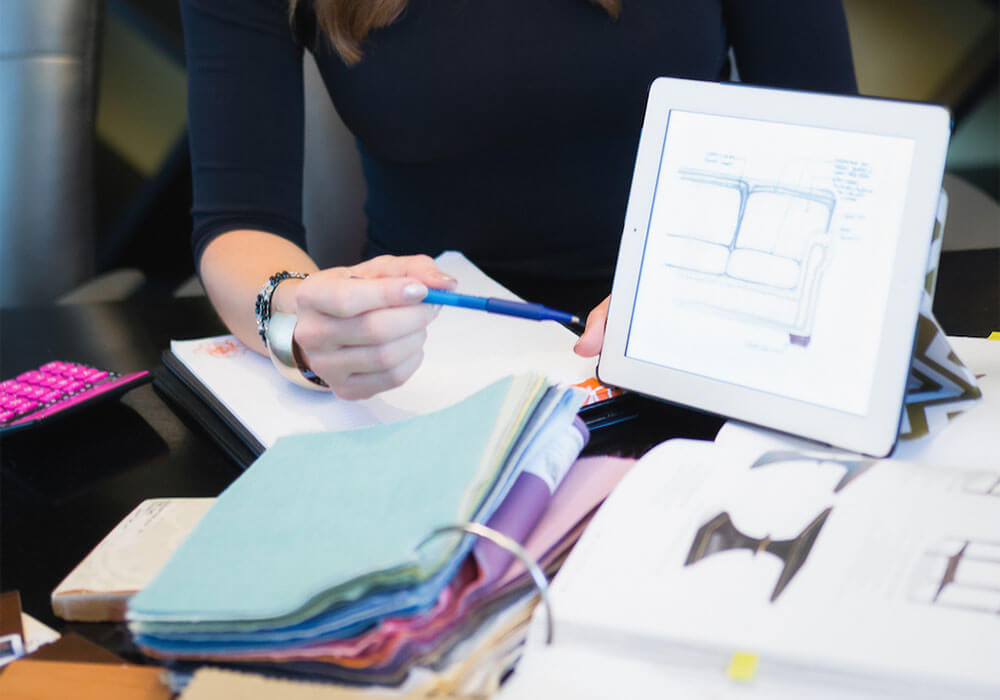
Design Development
By this time, the design direction has been solidified and your designer is finalizing interior finishes, like tile and countertops, plumbing, appliances, lighting and furnishings. They are space planning to ensure everything fits well in the space and reviewing specifications with a general contractor.
As the client, you can expect one or two meetings in this phase to review the final design, preliminary floor plans and elevations as well as furniture. You should also expect these first three phases to be where the majority of your design fees are spent. The design process is very front loaded – meaning most of the work (and money spent) is incurred in the beginning.
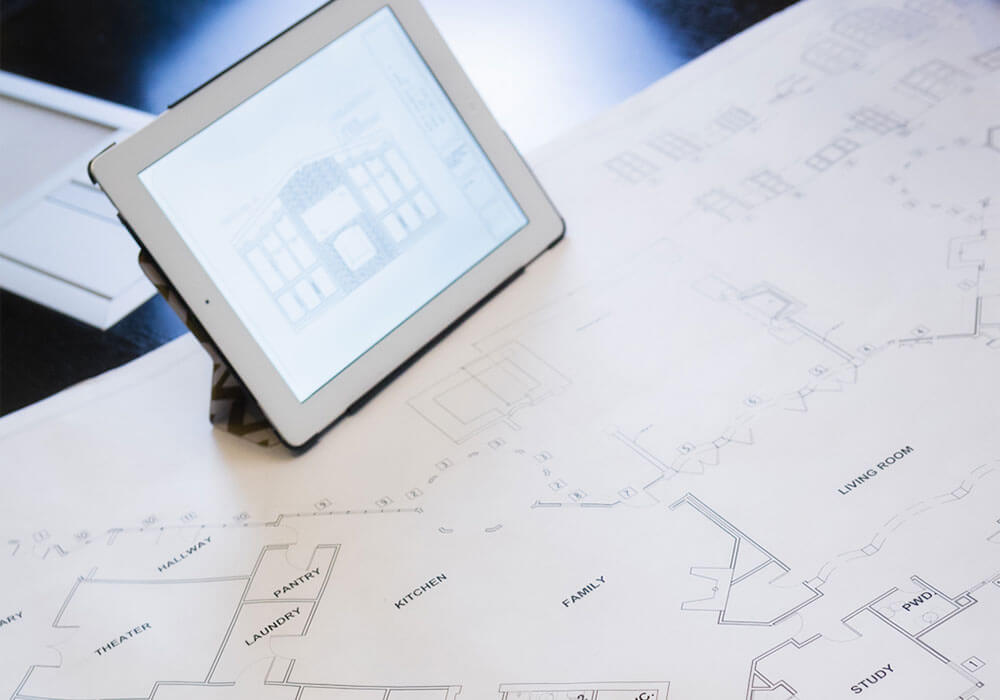
Contract Documents
The fourth phase is where your designer finalizes construction drawings that specify the entire design; specifications, locations and layouts with elements such as millwork, lighting, plumbing, tile, countertop materials, furniture plans, floor plans and all the details needed to execute the design. The construction drawings and material schedules are in place to communicate the design to the contractors and vendors, and are sent out to receive hard bids from builders.
There is typically one meeting with your designer to review the drawings and make sure everything you want is incorporated into the design. Simultaneously, lighting and furnishings are being quoted, put into a formal proposal and purchased upon your approval.
Construction Administration
Otherwise known as project management. People aren’t always aware that full service interior designer firms not only design, but also help manage the project through to completion. This is the best way to ensure the design is executed according to the plan. It is also where troubleshooting happens. There are always unforeseeable challenges in construction. Your designer will never be able to predict them all but they will be able to problem solve and find the best solution for the space.
There are a lot of moving parts in the construction phase and adaptations to the design will likely be needed to work with existing conditions in the built environment. Trust your designer to make educated decisions on your behalf and that they will make you aware of things when necessary.
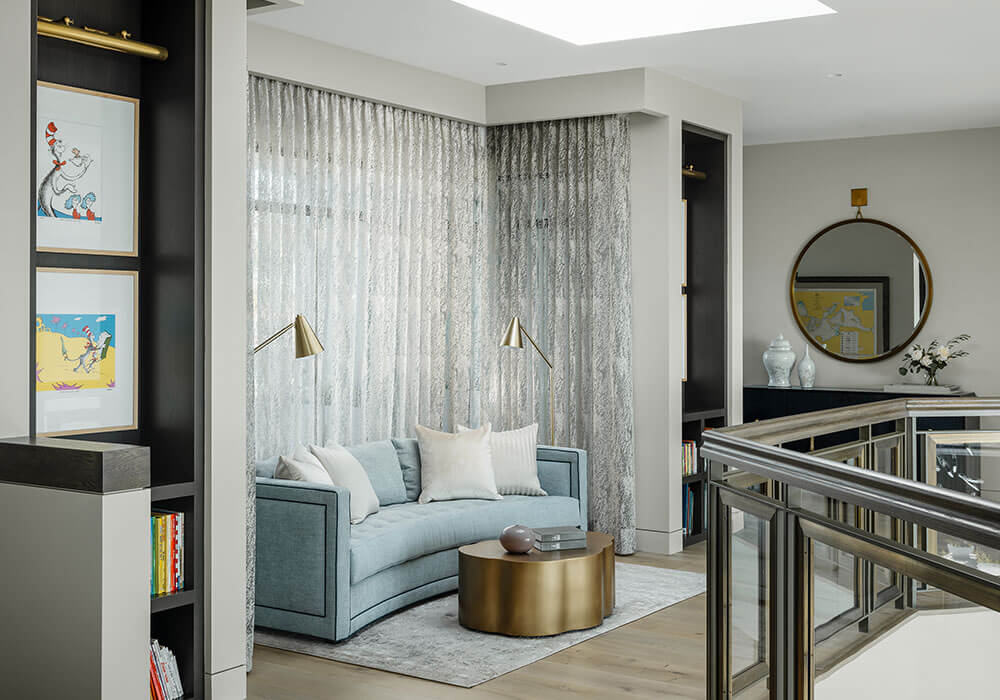
Furniture Installation (Post Construction)
The installation is the final event in the design process. All soft goods, window treatments and furnishings are installed by the receiving and installation company where all elements were shipped to. Depending on the size of the project, this could take half a day or two weeks! Take time to settle into the design and your new environment. In the end, you should have a space that inspires, accommodates and supports you and your loved ones.
